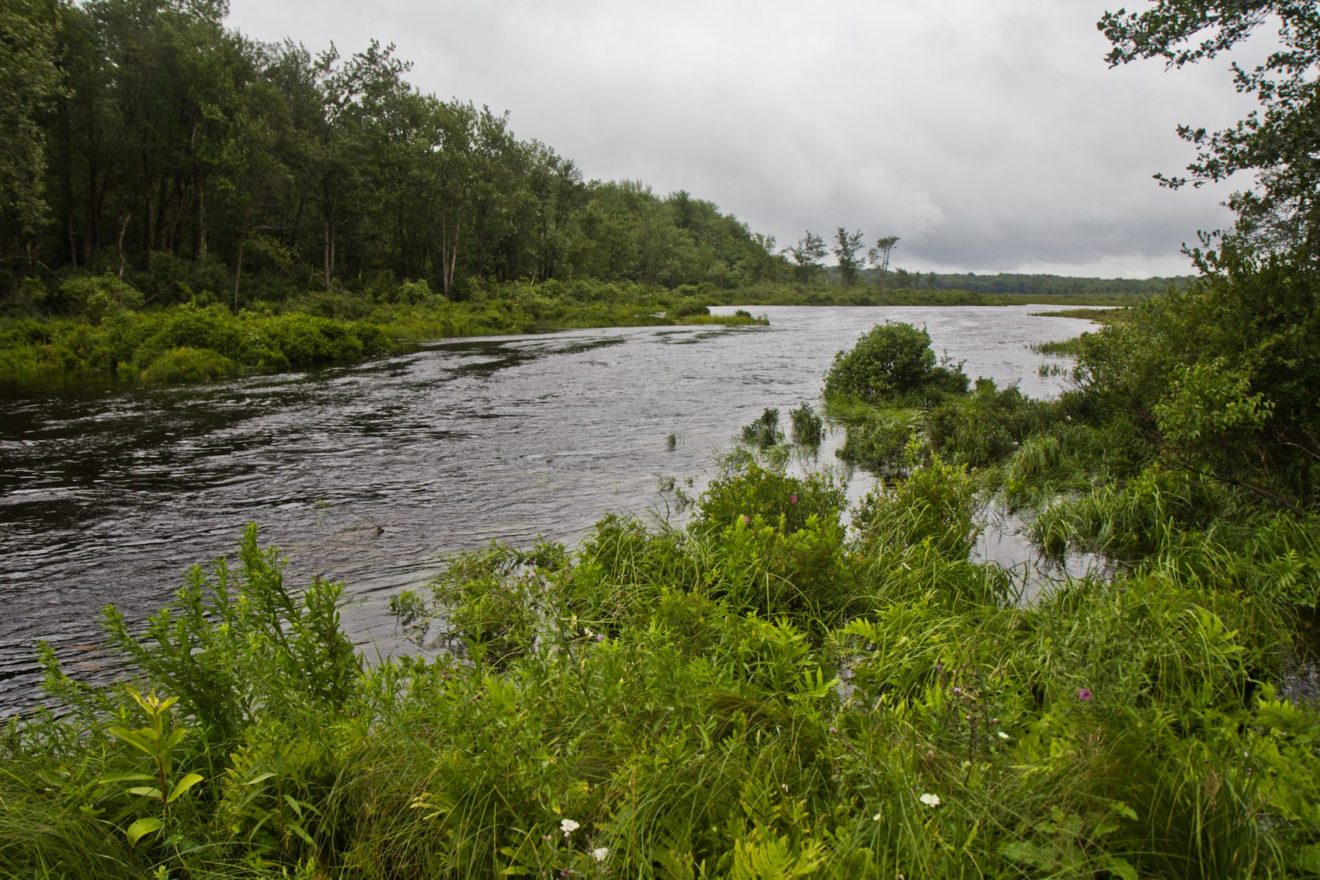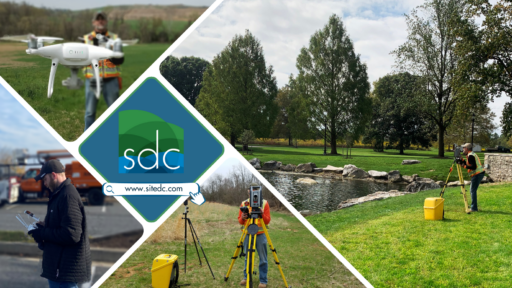Posted
Categories
Learning
The Most Common Misconception About Brook Trout Is …
… They Don’t Matter.
Brook trout not only are Pennsylvania’s state fish, but are also the only native trout species to the state, aside from lake trout. Brook trout are an incredibly important part of their ecosystems. In the absence of predatory and non-native fish (such as brown trout), brook trout are the primary predatory fish in the ecosystems of mountain streams. They are able to prey on nearly any living organism of appropriate size. Not only do they play an important part in balancing the predator/prey relationship of their ecosystems, but they are also one of the best indicators of a healthy ecosystem. Brook trout are only able to survive in cold, clean water that is void of heavy pollutants. As a consequence of their ability to thrive only in extremely healthy water, the brook trout population is unfortunately dwindling.
The brook trout originally was considered a highly diverse and adaptable fish. It was able to survive in a variety of conditions including streams large or small, freestone or limestone, as well as lakes, ponds, tiny headwaters, and even trickle tributaries. The fish is generally dark green or brown and marbled in color and is usually considered one of the most beautiful freshwater fish.
Regrettably, the uncontrolled and excessive logging in the 19th and 20th century began the decline of this important fish. Logging, coupled with coal mining practices, land development, and mercury emissions has resulted in only 1% of watersheds sufficiently occupied by brook trout and 34% of watersheds completely depleted of brook trout.
In addition to the past challenges encountered by the brook trout, the future will hold more trials for this declining species. One of the major issues that will be faced in the coming years is the lack of funding for research regarding brook trout and extinction preventions. In addition to lack of research, the brook trout will be forced to endure the gradual warming of the climate, while the fish can only survive in cool, clean water. Brook trout will also have to endure more development sprawls that can interfere with not just their steams, but the surrounding ecosystems including riparian forests, which act as a habitat for the fish. Riparian forest buffers provide protection and shade, allowing the brook trout to survive and thrive. Brook trout will also have to deal with the increase in acid rain expected in coming years. However, riparian buffers can also help to filter some pollutants that otherwise would’ve washed into streams, provide habitat and food source from the detritus, and cool the streams by offering shade during hot summer months. Arguably the most difficult challenge posed to the brook trout in coming years, however, is the threat of invasive species. Brown trout, which are non-native and much more adaptable to warmer, more polluted streams, are taking over brook trout habitats and dominating their ecosystems. This invasive species poses a huge threat to the health of brook trout populations.
It is hard to deny the brook trout is a vital part of the ecosystem of many of Pennsylvania’s rivers and streams. This fish is an easy indicator of high quality water and the decline clearly shows that more conservation efforts must be realized. Do not buy into the misconception that the brook trout is not important, please remember the challenges faced by the brook trout detailed in this article and do what you can to conserve and help save the Pennsylvania brook trout including:
- Maintaining riparian buffers
- Work to reduce water pollution
- Utilize only responsible land development practices
- Adhering to all recommendations and guidelines put in place by the PA Fish and Boat Commission





Share